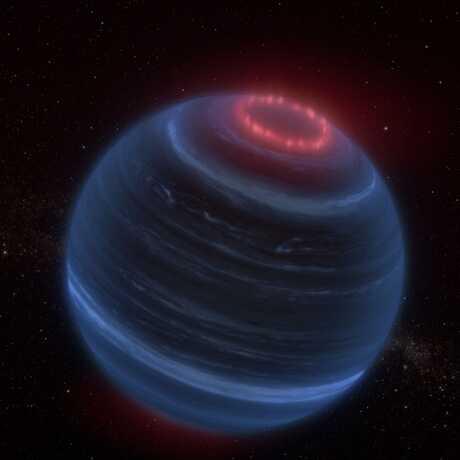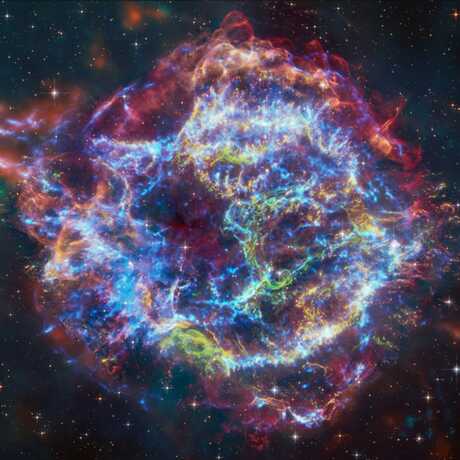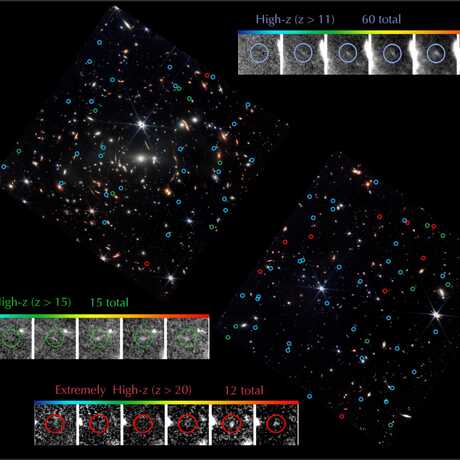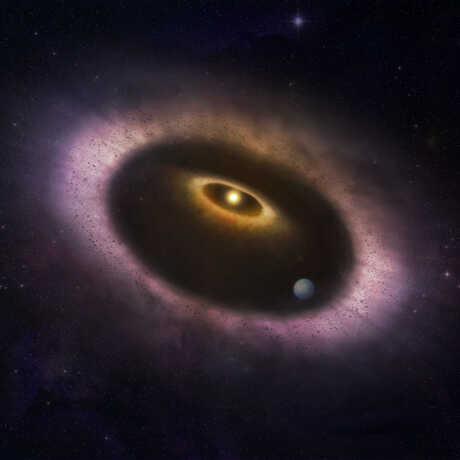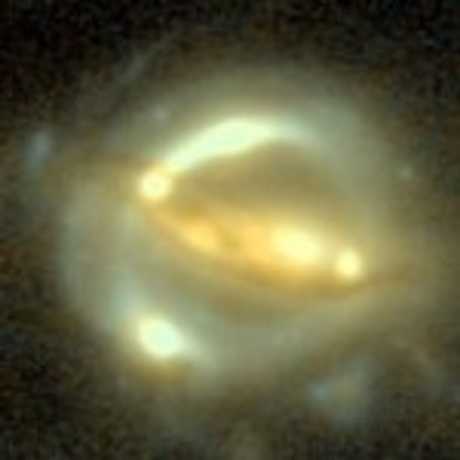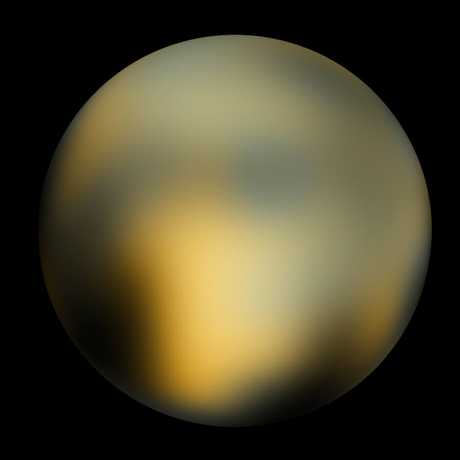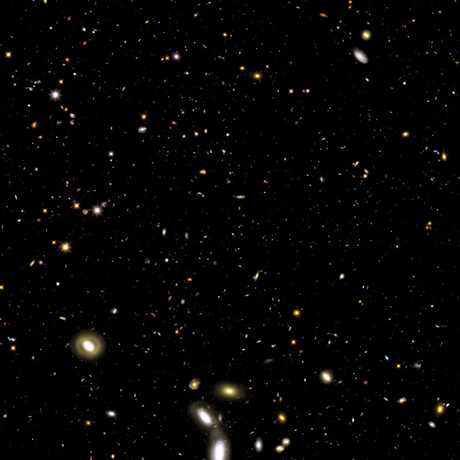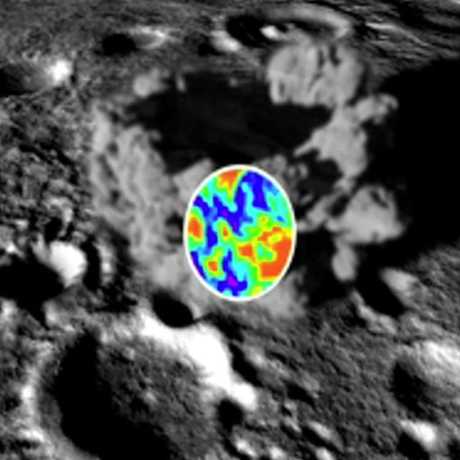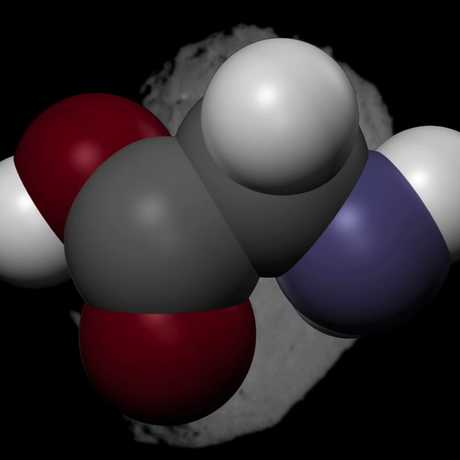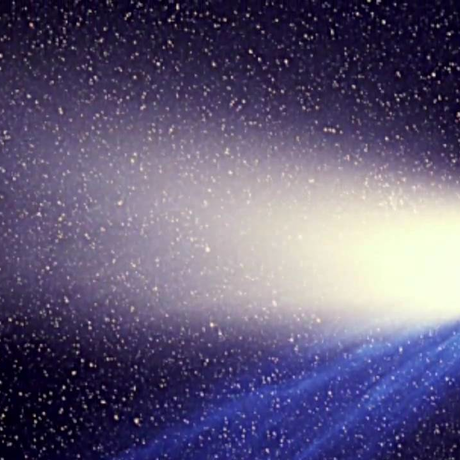Brown dwarf W1935 exhibits signs of glowing methane—possibly caused by aurorae!
Featured Articles
Cassiopeia A is one astronomical object that looks exactly like what it is—a star that exploded 350 years ago!
JWST launches the first day of astronomy’s big meeting with news about science, technology, and galaxies!
The connection between disks and planet formation continues to expand as astronomers view them in new detail.
How do you size-up galaxies you can't see? Stanford scientists are using gravitational lensing to measure the distance, age and size of galaxies far, far away.
Pluto may only be a dwarf planet, but its relevance could be quite large. Scientists believe...
Hubble's latest image shows 13 billion-year-old infant (and still forming) galaxies.
Will the Large Hadron Collider create a black hole that will destroy the world? No, but it may solve mysteries..
The presence of the amino acid, glycine, was found on the comet Wild 2. This latest finding supports the notion that the building blocks of life are quite common in the Universe—and life beyond Earth might very well exist!
